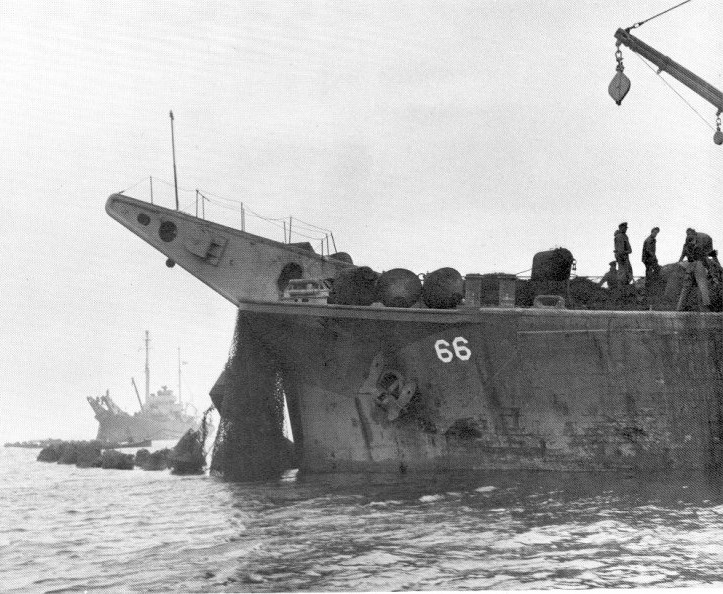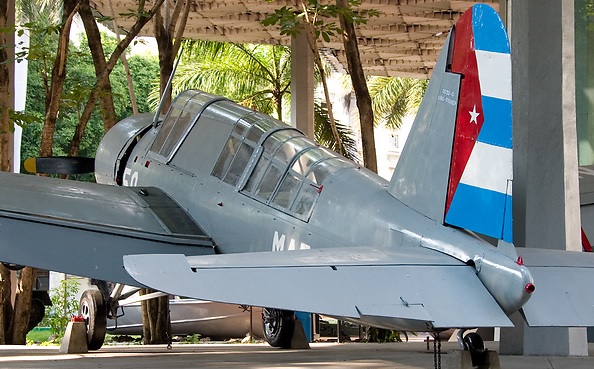Some changes to the US Navy after WWII were both readily apparent and abrupt. The carrier-based warplane replaced battleship gunnery as the most potent offense at sea. Smokescreen-laying, an important art for destroyer captains in 1939, was more or less moot ten years later due to the near-universal fitting of radar on warships. And so on.
The decline of naval defensive nets after WWII was neither fast, nor with a simple explanation. In the US Navy the discipline sort of just quietly went away, slowly, over a period of about 15 – 20 years…yet, the decline was unmistakable even as soon as WWII’s end in 1945.
Little is said as to how or why naval nets vanished, or what happened to the US Navy’s many net warfare ships after WWII. So perhaps this will be of value.

(USS Pinon (AN-66) hauls in a German anti-submarine net at Cherbourg, France following the city’s liberation during WWII.)

(An inert Polaris ballistic missile being launched in 1963 from a buoyant test cylinder tended by USS Butternut (AN-9), a WWII veteran net ship.)

(The Dominican Republic navy’s Separación, which had been USS Passaconaway (AN-86) during WWII, during the 1990s.)









